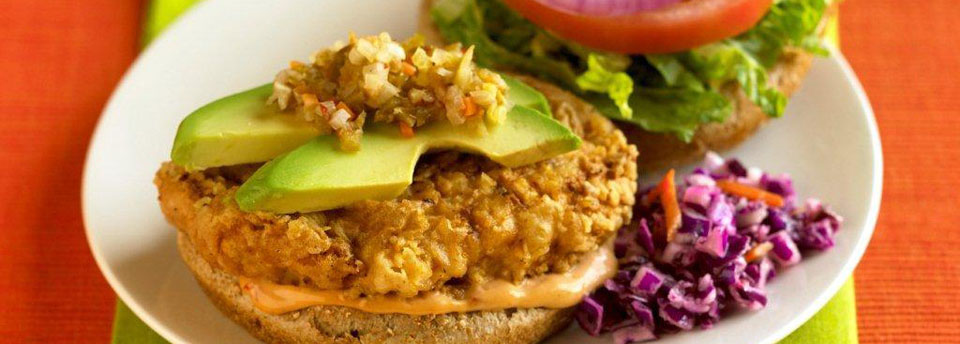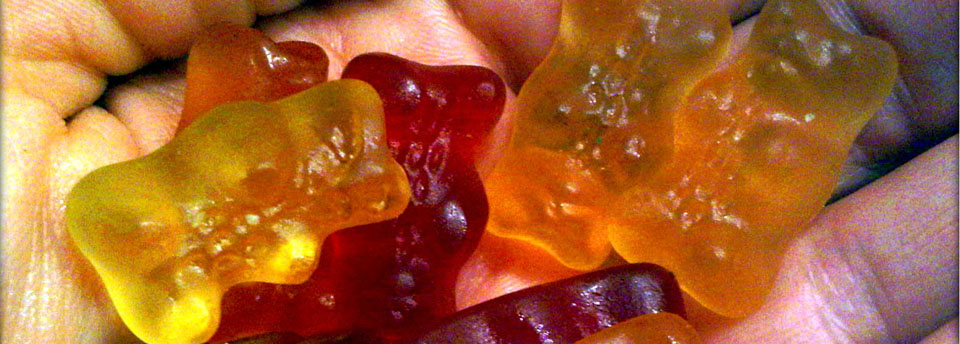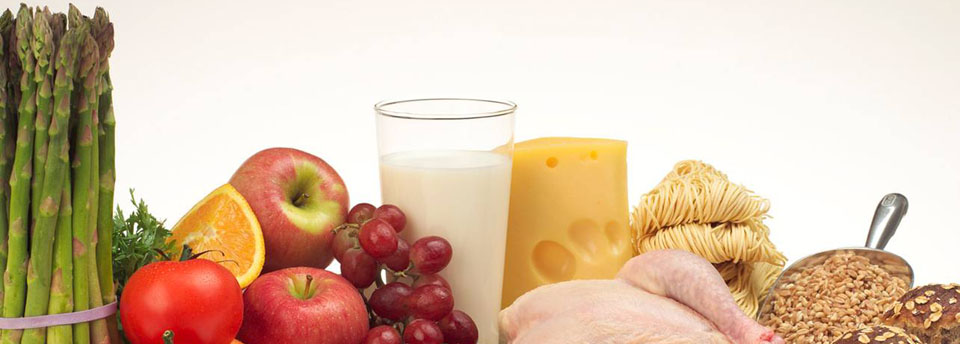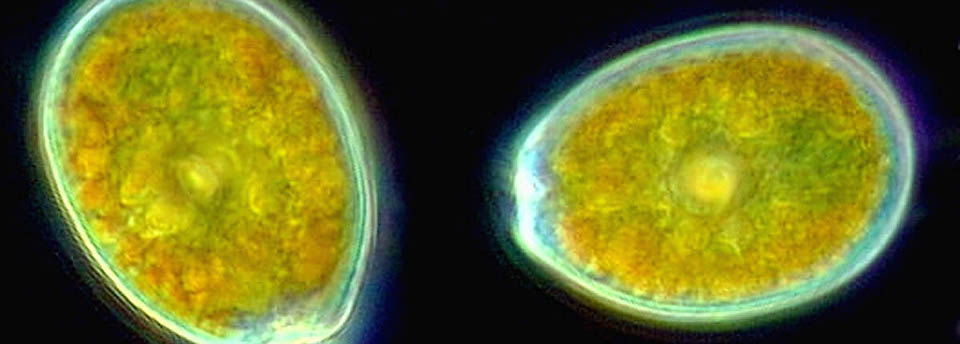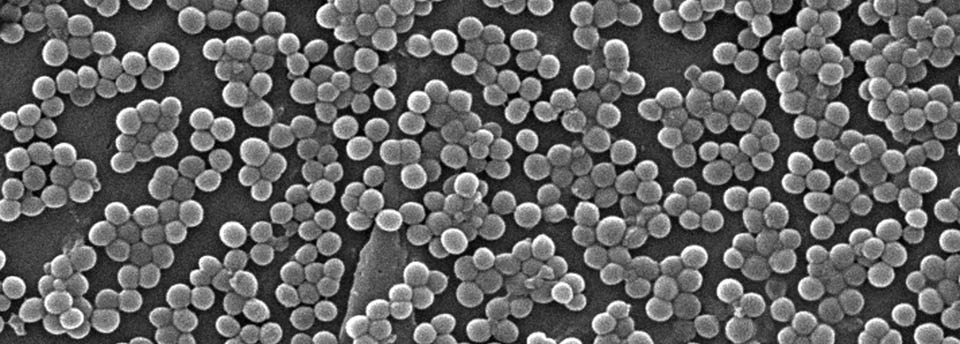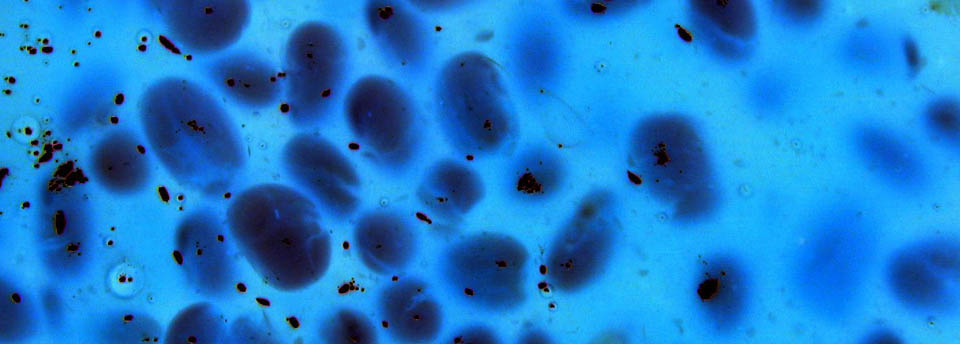-

Χρηματοδότηση
ΕΟΧ 2004-2009 και Υπουργείο Οικονομίας & Οικονομικών
-

Φορέας Υλοπ/σης
ΓΠΑ - Τμήμα Επιστήμης Ζωικής Παραγωγής & Υδατοκαλλιεργειών
-

Υπεύθ. Προγρ/τος
Ιωάννης Οικονομόπουλος
-

Επικοινωνία
Επιλέξτε Επικοινωνία
Δημοσιεύσεις
![]() 2ο Πανελλήνιο Συνέδριο Κτηνιατρικής Παραγωγικών ζώων, Υγιεινής και ασφάλειας τροφίμων ζωικής προέλευσης, Προστασίας καταναλωτή. Θεσσαλονίκη 18-20 Μαρτίου 2011.
Εκτίμηση της βιοασφάλειας σε επιλεγμένα γαλακτοκομικά προιόντα που προορίζονται για κατανάλωση από παιδιά στην Ελλάδα
Τάκα Σ., Λιανδρής Ε., Ανδρεάδου Μ., Γαζούλη Μ., Βαιοπούλου Α., Τζιμοτούδης Ν., Φιλιούσης Γ., Μπασέας Δ., Κασαμπαλίδης Ι., Οικονομόπουλος Ι.
Στο πλαίσιο της εκτίμησης της βιοασφάλειας τροφίμων ζωικής προέλευσης που προορίζονται για κατανάλωση από παιδιά στην Ελλάδα, έγινε καταγραφή των προϊόντων που είναι διαθέσιμα σε μεγάλα σημεία λιανικής πώλησης από διάφορους προμηθευτές. Η διερεύνηση της βιοασφάλειας των τροφίμων έγινε με την ανίχνευση σε αυτά παθογόνων μικροοργανισμών και αλλεργιογόνων με βάση το σχετικό κατάλογο της EFSA καθώς και των Mycobacterium avium subsp. paratuberculosis, Enterobacter spp., Propionibacterium sppp, τα οποία αναφέρονται συχνά ως αναδυόμενοι παράγοντες κινδύνου. Η ανάλυση των δειγμάτων έγινε με μικροβιολογικές και μοριακές μεθόδους. Παρουσιάζονται τα αποτελέσματα των αναλύσεων που συνιστούν το πρώτο στάδιο της δειγματολειψίας.
2ο Πανελλήνιο Συνέδριο Κτηνιατρικής Παραγωγικών ζώων, Υγιεινής και ασφάλειας τροφίμων ζωικής προέλευσης, Προστασίας καταναλωτή. Θεσσαλονίκη 18-20 Μαρτίου 2011.
Εκτίμηση της βιοασφάλειας σε επιλεγμένα γαλακτοκομικά προιόντα που προορίζονται για κατανάλωση από παιδιά στην Ελλάδα
Τάκα Σ., Λιανδρής Ε., Ανδρεάδου Μ., Γαζούλη Μ., Βαιοπούλου Α., Τζιμοτούδης Ν., Φιλιούσης Γ., Μπασέας Δ., Κασαμπαλίδης Ι., Οικονομόπουλος Ι.
Στο πλαίσιο της εκτίμησης της βιοασφάλειας τροφίμων ζωικής προέλευσης που προορίζονται για κατανάλωση από παιδιά στην Ελλάδα, έγινε καταγραφή των προϊόντων που είναι διαθέσιμα σε μεγάλα σημεία λιανικής πώλησης από διάφορους προμηθευτές. Η διερεύνηση της βιοασφάλειας των τροφίμων έγινε με την ανίχνευση σε αυτά παθογόνων μικροοργανισμών και αλλεργιογόνων με βάση το σχετικό κατάλογο της EFSA καθώς και των Mycobacterium avium subsp. paratuberculosis, Enterobacter spp., Propionibacterium sppp, τα οποία αναφέρονται συχνά ως αναδυόμενοι παράγοντες κινδύνου. Η ανάλυση των δειγμάτων έγινε με μικροβιολογικές και μοριακές μεθόδους. Παρουσιάζονται τα αποτελέσματα των αναλύσεων που συνιστούν το πρώτο στάδιο της δειγματολειψίας.
![]() 4th Congress of European Microbiologists FEMS 2011, Geneva Switzerland, June 26-30, 2011.
4th Congress of European Microbiologists FEMS 2011, Geneva Switzerland, June 26-30, 2011.
![]() BIO-SAFETY OF CHILD FOOD OF ANIMAL ORIGIN IN GREECE
S. Taka, E. Liandris, M. Andreadou, M. Gazouli, A. Vaiopoulou, N. Tzimotoudis, G. Filiousis, D. Baseas, J. Ikonomopoulos
1Animal Science and Aquaculture, Agricultural University of Athens, 2School of Medicine, University of Athens, 3Hellenic Army Center of Biological Research, Athens, Greece
Numerous epidemiological reports have implicated food of animal origin as a vehicle of pathogens associated with food-borne diseases. In order to assess the biological risk associated with the consumption of child food of animal origin we composed a list of representative products of this category available in retail points in Greece. Food samples were collected and examined by molecular and/or microbiological methods for the detection of Salmonella spp., Campylobacter spp., Listeria monocytogenes, E. coli O157:H7 as well as Brucella spp. Mycobacterium avium subsp. paratuberculosis (MAP) and Enterobacter zakazakii which are often reported as emerging risk factors. Here are presented the results of these analyses that represent the first of eight stages of sampling that will be carried out.
BIO-SAFETY OF CHILD FOOD OF ANIMAL ORIGIN IN GREECE
S. Taka, E. Liandris, M. Andreadou, M. Gazouli, A. Vaiopoulou, N. Tzimotoudis, G. Filiousis, D. Baseas, J. Ikonomopoulos
1Animal Science and Aquaculture, Agricultural University of Athens, 2School of Medicine, University of Athens, 3Hellenic Army Center of Biological Research, Athens, Greece
Numerous epidemiological reports have implicated food of animal origin as a vehicle of pathogens associated with food-borne diseases. In order to assess the biological risk associated with the consumption of child food of animal origin we composed a list of representative products of this category available in retail points in Greece. Food samples were collected and examined by molecular and/or microbiological methods for the detection of Salmonella spp., Campylobacter spp., Listeria monocytogenes, E. coli O157:H7 as well as Brucella spp. Mycobacterium avium subsp. paratuberculosis (MAP) and Enterobacter zakazakii which are often reported as emerging risk factors. Here are presented the results of these analyses that represent the first of eight stages of sampling that will be carried out.
![]() 11th International Colloquium on Paratuberculosis, Sydney Australia , February 5-10, 2012.
Detection of Mycobacterium avium subsp. paratuberculosis in child food of animal origin.
Taka S., Liandris E., Andreadou M., Gazouli M., Vaiopoulou A., Tzimotoudis N., Filiousis G., Baseas D., Kasabalidis I., Ikonomopoulos J.
Paratuberculosis is a chronic disease of ruminants caused by Mycobacterium avium subsp. paratuberculosis (MAP) an acid fast, aerobic intracellular bacillus. The disease is characterized by weight loss and intermittent diarrhoea caused by chronic granulomatous enteritis. Though paratuberculosis is not considered a zoonotic disease, many studies indicate an association between the pathogenesis of Crohn’s disease of man and human exposure to MAP. T he specific pathogen has been detected in several cases in food products even at retail, while its ability to survive pasteurization has been reported repeatedly. Effectively several countries and international organizations propose measures to control the spread of MAP in the food chain. Therefore the aim of this study was to investigate the presence of MAP in child food of animal origin in Greece. Here we report the results recorded in the first stage of sampling that targeted selected categories of food products collected and tested between November and February 2011. Four hundred samples (100 of each category) of milk, yoghurt, cheese and ham were collected from 14 retail points of Attica, Greece. A portion of 25 gr was collected from the core of each sample and was used for DNA extraction using chemical and mechanical lysis. The product was incorporated into a Real Time PCR for the detection of IS900. A total of 5 samples (2 yoghurt, 1 milk, 2 cheese) were positive by Real Time PCR. The level of positivity that was recorded corresponds to 2%, 1% and 2% of the tested samples of yoghurt, milk and cheese, respectively. An association with a specific product label could not be established since the samples that produced a positive result were of different brands. The sample collection will be repeated during the summer and the results of PCR will be correlated with those of culture. DNA belonging to MAP can be found in specific food products of animal origin aimed for consumption by children in Greece. The issue has to be investigated thoroughly in order to define the probability of exposure of children to the specific pathogen per type of food category.
11th International Colloquium on Paratuberculosis, Sydney Australia , February 5-10, 2012.
Detection of Mycobacterium avium subsp. paratuberculosis in child food of animal origin.
Taka S., Liandris E., Andreadou M., Gazouli M., Vaiopoulou A., Tzimotoudis N., Filiousis G., Baseas D., Kasabalidis I., Ikonomopoulos J.
Paratuberculosis is a chronic disease of ruminants caused by Mycobacterium avium subsp. paratuberculosis (MAP) an acid fast, aerobic intracellular bacillus. The disease is characterized by weight loss and intermittent diarrhoea caused by chronic granulomatous enteritis. Though paratuberculosis is not considered a zoonotic disease, many studies indicate an association between the pathogenesis of Crohn’s disease of man and human exposure to MAP. T he specific pathogen has been detected in several cases in food products even at retail, while its ability to survive pasteurization has been reported repeatedly. Effectively several countries and international organizations propose measures to control the spread of MAP in the food chain. Therefore the aim of this study was to investigate the presence of MAP in child food of animal origin in Greece. Here we report the results recorded in the first stage of sampling that targeted selected categories of food products collected and tested between November and February 2011. Four hundred samples (100 of each category) of milk, yoghurt, cheese and ham were collected from 14 retail points of Attica, Greece. A portion of 25 gr was collected from the core of each sample and was used for DNA extraction using chemical and mechanical lysis. The product was incorporated into a Real Time PCR for the detection of IS900. A total of 5 samples (2 yoghurt, 1 milk, 2 cheese) were positive by Real Time PCR. The level of positivity that was recorded corresponds to 2%, 1% and 2% of the tested samples of yoghurt, milk and cheese, respectively. An association with a specific product label could not be established since the samples that produced a positive result were of different brands. The sample collection will be repeated during the summer and the results of PCR will be correlated with those of culture. DNA belonging to MAP can be found in specific food products of animal origin aimed for consumption by children in Greece. The issue has to be investigated thoroughly in order to define the probability of exposure of children to the specific pathogen per type of food category.

